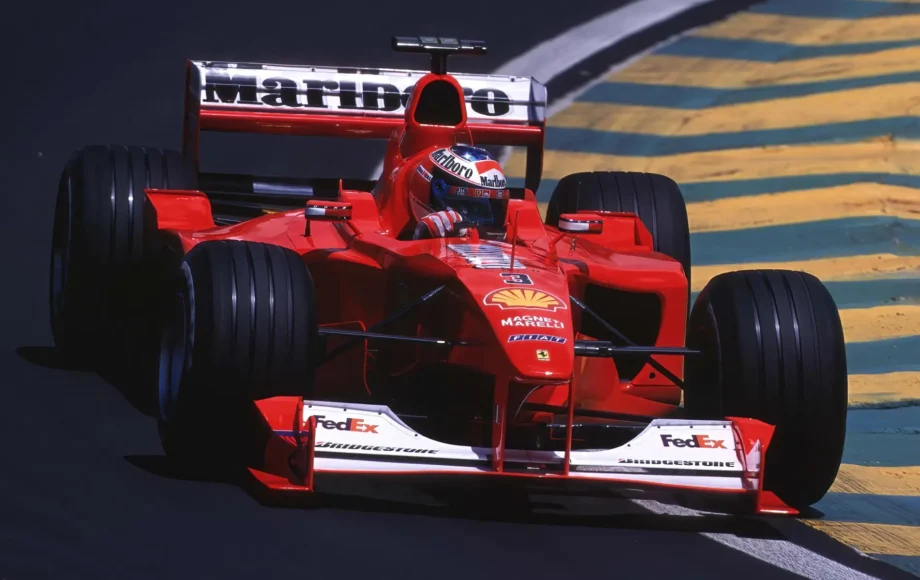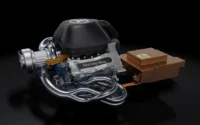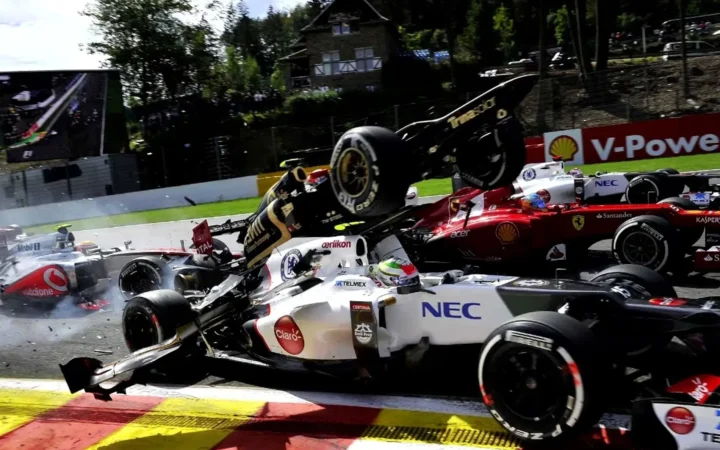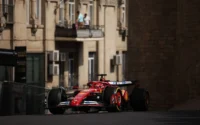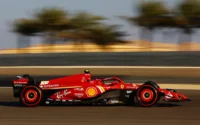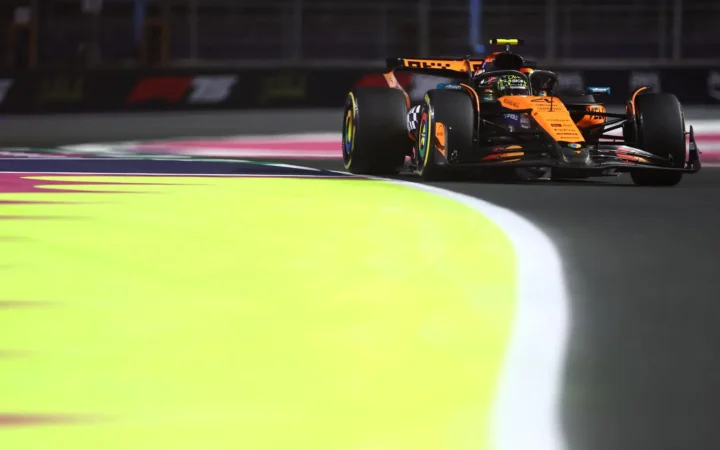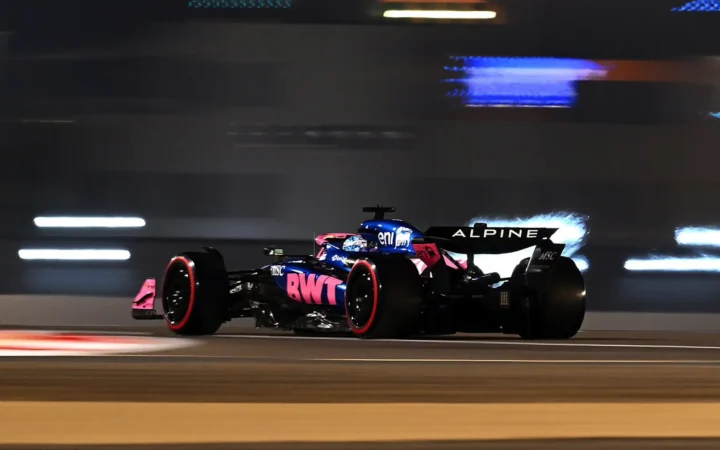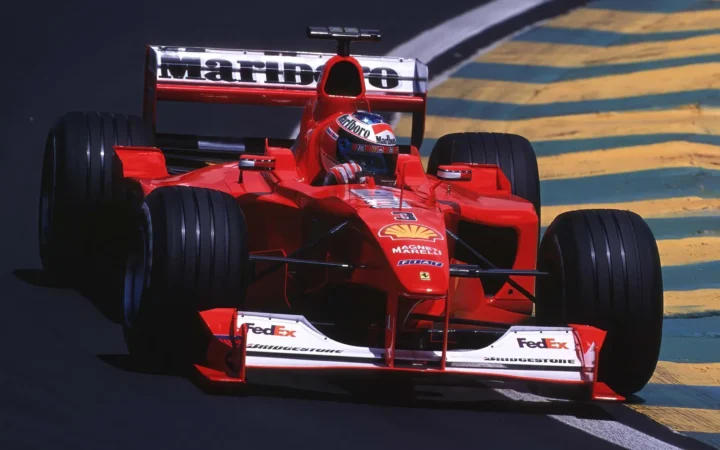Older fans of the sport and those who have witnessed live demonstrations of the thunderous V8, V10, and V12 cars of yesteryear, with their visceral vibrations and sheer power, know that the current engines of the sport just don’t cut it.
As the sport accelerates toward a sustainable future with the 2026 engine regulations, a nostalgic yet fervent debate emerges: Should the iconic V10 or V8 engines make a triumphant return? From their unparalleled soundtrack to the mechanical purity they offered, these engines represented a golden age of racing. With sustainable fuel now a viable option, the question no longer feels like pure fantasy, but a serious proposition that the FIA is genuinely considering for the post-2030 era.
What To Know?
- F1’s iconic V10 or V8 engines could make a comeback as the FIA explores simpler, lighter, and more emotionally engaging alternatives to heavy hybrid power units—potentially powered by sustainable fuels.
- Sustainable fuels are the game-changer, allowing classic engine formats to return without compromising F1’s environmental goals, as proven by recent demonstrations like Vettel’s V10 run on synthetic fuel.
- Fan nostalgia, cost reduction, and spectacle are major drivers in the debate, with V8s being the more feasible option for a return due to their lower complexity and closer compatibility with current car designs.
A Brief History of F1 Engines
Formula 1’s engine history mirrors the evolution of technology and the shifting values of the sport—from brute force and spectacle to efficiency and sustainability. In the early years, simplicity reigned with naturally aspirated inline-4s and V6s. The turbo era of the 1980s then introduced explosive power and drama, but was followed by a more balanced and thrilling V10 era that defined the late ’90s and early 2000s. The shift to V8s in 2006 brought a focus on cost control and reliability, before the hybrid V6 turbo engines arrived in 2014, bringing cutting-edge energy recovery systems and an environmental narrative.
Want a deeper dive into F1 engine evolution? Read our full History of F1 Engines post.
Formula One History Recommends
The Allure of V10 and V8 Engines
There’s something primal about the howl of a V10 at 19,000 RPM or the bark of a screaming V8 hurtling down a straight. These engines weren’t just power units—they were instruments, creating a sensory experience that pulled fans into the drama of racing.
“I would love to drive a V10. The sound alone gives you goosebumps.” — Max Verstappen
Many consider the V10 era the golden age of F1, when cars were fast, agile, and demanding, without the layered complexities of hybrid systems. The visceral connection fans had with these machines is something modern F1 often struggles to replicate.
The 2026 Engine Regulations: A New Era
The 2026 regulations will continue to use 1.6L V6 turbo-hybrids but with increased electrical power and the mandatory use of fully sustainable fuels. The MGU-H will be removed to simplify the power unit, and there’s a renewed focus on reducing costs and improving the racing spectacle.
“We are simplifying hybrid systems, but the challenge is keeping performance high while going greener.” — FIA Technical Director
Yet, concerns persist: these power units are heavy, complex, and expensive. Fans and insiders alike are questioning whether this path continues to serve the sport’s best interests long-term.
The Case for Reintroducing V10 and V8 Engines
One of the strongest arguments for bringing back V10s or V8s is simplicity. These engines are cheaper to produce, easier to maintain, and dramatically lighter. FIA President Mohammed Ben Sulayem recently remarked:
“We should consider a range of directions including the roaring sound of the V10 running on sustainable fuel.”
Returning to simpler engines could also invite smaller manufacturers and level the playing field, offering an exciting reboot of F1’s technical landscape. Combine that with modern safety standards and synthetic fuel, and the idea starts to look very attractive.
The Counterarguments
Of course, there are strong reasons to stay the course. Abandoning hybrid powertrains could alienate major manufacturers like Mercedes and Honda, who have spent billions developing hybrid technology that aligns with their electric mobility strategies. Even with sustainable fuels, replacing electrification with internal combustion may not sit well with global regulators or eco-conscious fans.
“Hybrid technology is part of our DNA now. Removing it would send the wrong message.” — Unnamed F1 Power Unit Engineer
There’s also the question of public perception. Formula 1 has branded itself as a leader in innovation. Will a step backwards undermine that narrative?
Sustainable Fuels: Bridging the Gap
By 2026, all F1 teams will be required to run on 100% sustainable fuel—a game-changing step. These fuels can be carbon-neutral, derived from biomass or even synthesised using renewable energy. Sebastian Vettel made waves by running a 1992 V10-powered Williams on synthetic fuel at Silverstone, proving that a powerful, emotive engine doesn’t have to come with a carbon cost.
“This could’ve been done 10 years ago. F1 had the chance to lead.” — Sebastian Vettel
Had F1 championed this path earlier, it might have become the poster child for green motorsport. Now, there’s still a chance to blend its rich past with a responsible future.
Feasibility Analysis: V10 vs. V8
While both engine formats hold nostalgic appeal, the V8 may be more practical for a modern F1 comeback. It’s lighter, easier to integrate into current chassis designs, and doesn’t require extensive retooling. The V10, while legendary, is more complex and could require significant R&D investment.
“Going from a V6 hybrid to a V8 is far simpler than reviving the V10. It’s an engineering bridge, not a leap.” — Cosworth insider, via PlanetF1
If the FIA is serious about reviving high-revving engines, a cost-effective, sustainable V8 could be the middle ground.
The Fans’ Perspective
Modern fans are diverse—from Drive to Survive newcomers to long-time tifosi. But all of them crave excitement. High-revving engines could rekindle emotional connections that hybrid power units often lack. Social media is filled with fan edits and tribute videos to the V10 era, and classic races continue to draw millions of views.
“The sound, the smell, the spectacle—bring it back!” — Fan comment on Goodwood article
There’s a marketing opportunity here, too. A louder, lighter, more soulful F1 could stand out in a noisy entertainment landscape.
What’s next for F1 engines?
Formula 1 stands at a crossroads—poised between the legacy of thunderous V10s and the efficiency of electrified hybrids. With sustainable fuel opening new doors and the FIA openly evaluating alternatives, the idea of bringing back iconic engine formats is no longer a fantasy. The question is no longer can we?—but should we?
“We must preserve F1’s soul while securing its future.” — Mohammed Ben Sulayem, FIA President
As F1 eyes 2030 and beyond, the balance between spectacle, sustainability, and strategy will define its future. Could a lighter, louder, more visceral F1 be the answer? Let the debate begin.
Seen in:

